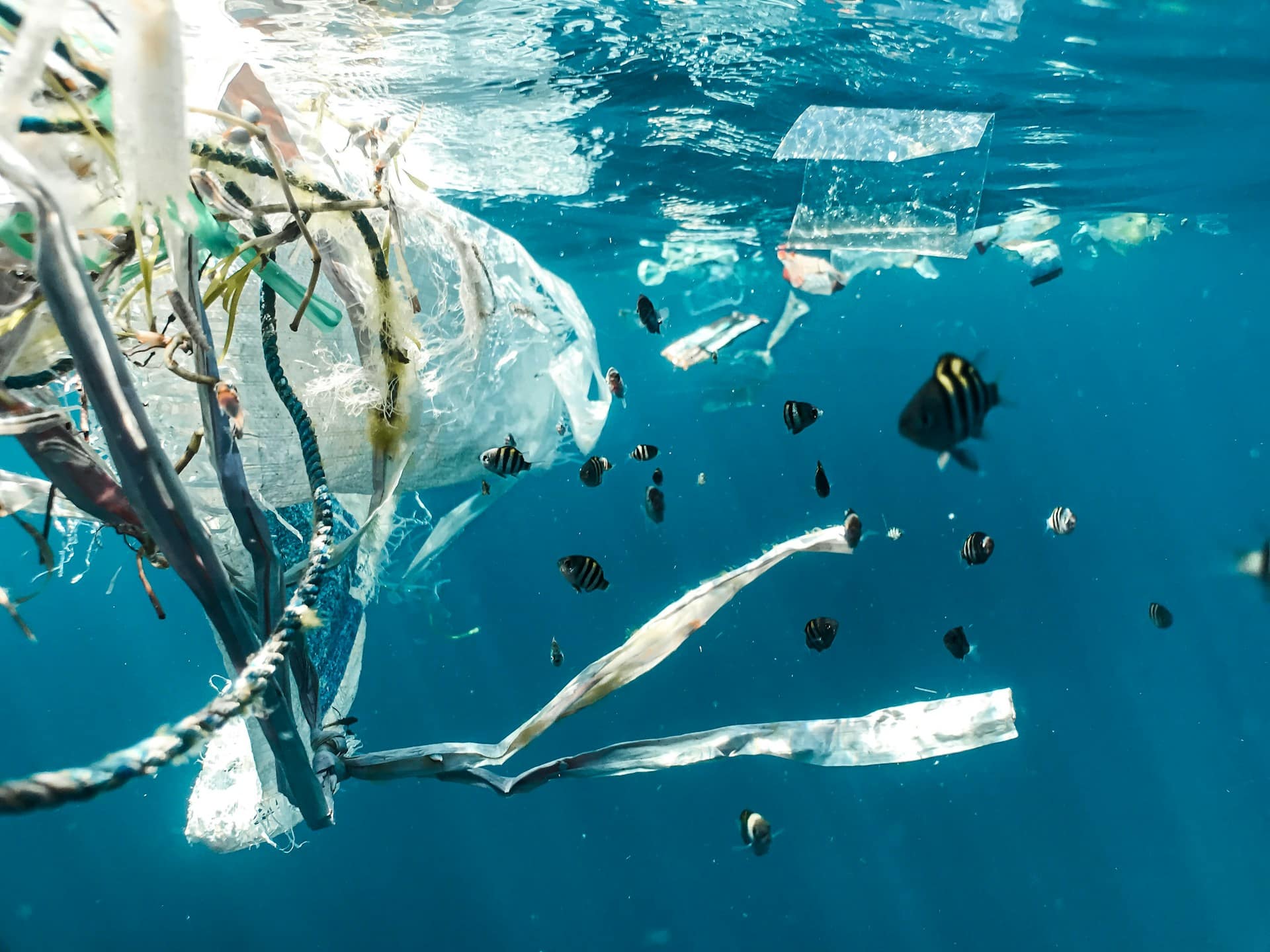The growing prevalence of microplastics in our oceans is an environmental crisis that has been brewing for years. These minute particles, derived from the daily use and disposal of plastic products, are now ubiquitous in the marine environment, causing harm to the various species that inhabit these waters. The situation in the seas around the UK is no different. This article will delve into the extent of the problem, its impact on marine life, and the measures we can take to mitigate it.
Understanding the Microplastics Problem
Microplastics are tiny plastic fragments, smaller than 5mm. These originate from larger plastic debris that breaks down over time, as well as from personal care products, synthetic textiles, and other plastic materials that release these particles during use or disposal. These particles find their way into rivers and streams, ultimately ending up in the sea.
A lire également : What Are the Benefits of Adopting a Plant-Based Diet for UK Residents?
Around 300 million tons of plastic are produced globally each year, with a significant portion of this waste finding its way into our oceans. Studies suggest that there could be more than 5 trillion pieces of microplastic in the world’s oceans, weighing more than 250,000 tons. This is equivalent to a plastic soup covering an area 34 times the size of Manhattan.
Impact on Marine Life
Microplastics pose significant threats to marine biodiversity. Animals often mistake these particles for food, leading to ingestion and potential starvation as they fill the animals’ stomachs without providing any nutrition. In fact, over 700 marine species have been reported to ingest plastics, including sea turtles, seals, whales, and birds, among others. In the UK, several species, such as the Northern Fulmar and the Basking Shark, have been found with significant amounts of microplastics in their systems.
A voir aussi : How Are Immersive Technologies Being Used in UK Museum Exhibits?
Moreover, microplastics also act as carriers for harmful pollutants, including heavy metals and persistent organic pollutants, which can accumulate in the tissues of animals, posing further health risks. There is evidence that these toxic materials can be transferred up the food chain, possibly impacting human health.
Microplastics and Human Health
What does the presence of microplastics in the oceans mean for us? Recent studies have found microplastics in a variety of human food sources, including fish, shellfish, and sea salt. These particles can also float in the air, potentially being inhaled. However, the full extent of the health impact of microplastics on humans is still not well understood.
While there is still much to learn about the effects of microplastics on human health, it is clear that reducing the amount of plastic and microplastic pollution in our oceans will have benefits not only for marine life but also potentially for human health.
What Can Be Done?
There is an urgent need to address the issue of plastic and microplastic pollution. This requires a multifaceted approach, from limiting the production of single-use plastic products, improving waste management systems to prevent plastic waste from entering the oceans, to cleaning up existing plastic debris and developing innovative solutions to break down microplastics.
In the UK, measures such as the ban on microbeads in personal care products and the introduction of charges for plastic bags have been steps in the right direction. However, more needs to be done. Public awareness campaigns can play a crucial role in changing consumer behavior and reducing the demand for single-use plastics.
Moreover, research into the development of biodegradable plastics and more effective recycling methods can also play a part in mitigating the problem. The UK government’s 25-year Environment Plan also includes a pledge to eliminate all avoidable plastic waste by 2042, which if achieved, could significantly reduce the influx of microplastics into the oceans.
Mobilising communities to participate in beach clean-ups, river cleans, and other similar initiatives can also have a significant impact in reducing plastic waste, while also raising awareness about the issue.
While it is clear that the problem of microplastic pollution in our oceans is significant and complex, it is not insurmountable. With concerted efforts from all sectors of society – governments, businesses, non-profit organisations, and individuals alike – we can make significant strides towards protecting our oceans and the myriad of life they support.
The Wider Environmental Impact of Microplastics
In addition to the immediate danger posed to individual marine organisms, microplastic pollution also has wider ecosystem implications. These tiny plastic particles, both primary microplastics and secondary microplastics originating from degraded plastic debris, can alter the marine environment in profound ways. They can affect the availability of light and oxygen, alter food chains, and disrupt reproductive patterns of aquatic species.
Microplastics are not only ingested by a wide range of marine species but also become embedded in marine habitats. Aquatic species, including corals and sponges, have been found with microplastics embedded in their tissues. This presence of microplastics can cause inflammation, reduce growth rates, and impair reproduction, potentially leading to population declines.
Furthermore, the accumulation of microplastics in the marine environment can also lead to habitat alteration. For example, microplastics can become part of the sediment in riverbeds and seafloors, altering the physical properties of these habitats. This can disrupt the organisms that live in these environments, affecting everything from the bacteria and microorganisms that form the basis of the food chain, to larger species like fish and marine mammals.
Policy and Legislation to Tackle Microplastic Pollution
Addressing the issue of microplastic pollution in the UK’s oceans requires a robust policy response. As part of this effort, the UK has taken legislative action to limit the entry of microplastics into the marine environment. In 2018, the UK government banned the manufacture of rinse-off personal care products containing microbeads, a form of primary microplastics. This was followed by a ban on their sale later the same year.
However, given the scale and persistency of plastic pollution, it is clear that further legislative and policy measures are required. These could include tighter regulations on plastic manufacturing and waste management, incentives for businesses to reduce plastic usage, and initiatives to promote consumer awareness about the environmental impact of plastic waste.
Innovation in plastic recycling and the development of alternatives to traditional plastics, such as biodegradable or compostable materials, could also play a crucial role in reducing the input of plastics into our oceans. In this regard, the UK government’s commitment to eliminate all avoidable plastic waste by 2042 represents an ambitious target that, if achieved, could not only reduce microplastic pollution but also contribute to a more sustainable, circular economy.
Conclusion
The issue of microplastic pollution represents a clear and present danger to the UK’s marine life and potentially to human health. The current scale of plastic pollution in our oceans is a sobering reminder of our reliance on plastic and the environmental cost of our throwaway culture.
However, the situation is not hopeless. With concerted efforts from the government, businesses, and the general public, significant strides can be made in reducing the amount of plastic waste that ends up in our oceans. Through a combination of policy, legislation, innovation, and public awareness, we can turn the tide on microplastic pollution, safeguarding the health of our oceans and the rich diversity of life they support.
While the journey to an ocean free of plastic pollution may be long and challenging, it is a journey that we must embark on for the sake of our planet and future generations. Every step we take towards reducing plastic waste, from carrying a reusable water bottle to participating in beach clean-ups, brings us closer to that goal. By acting now, we can ensure a healthier, cleaner future for our oceans.






